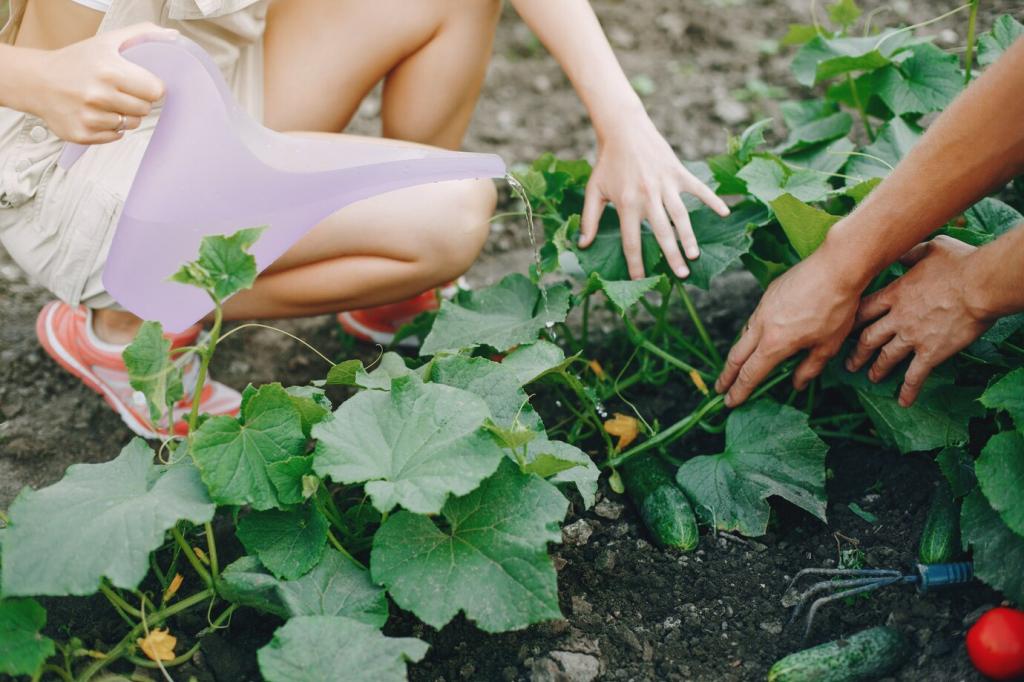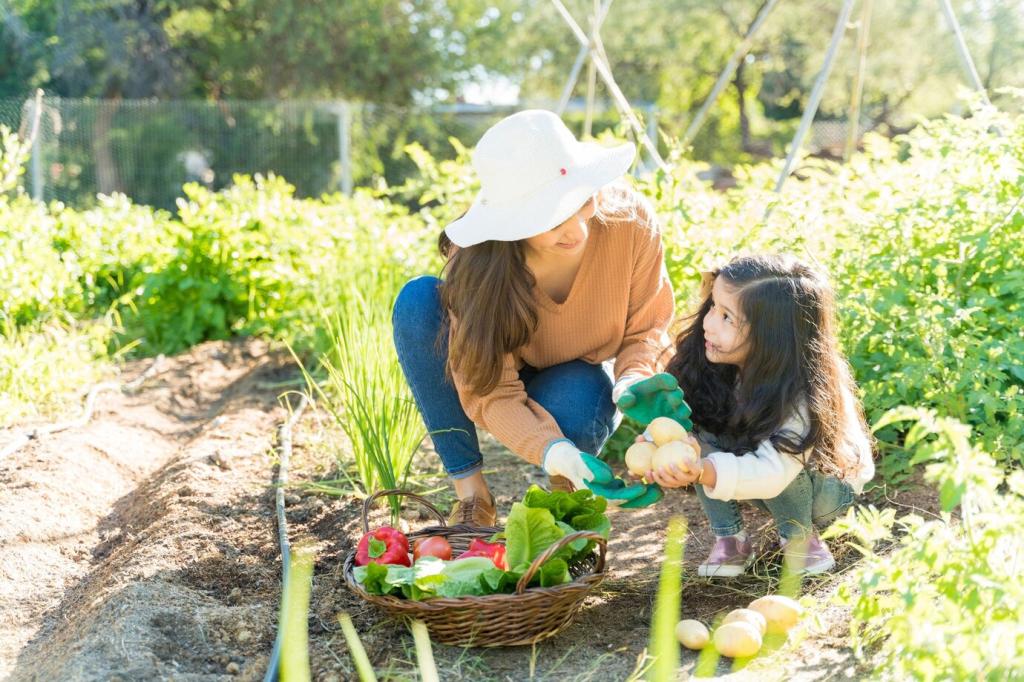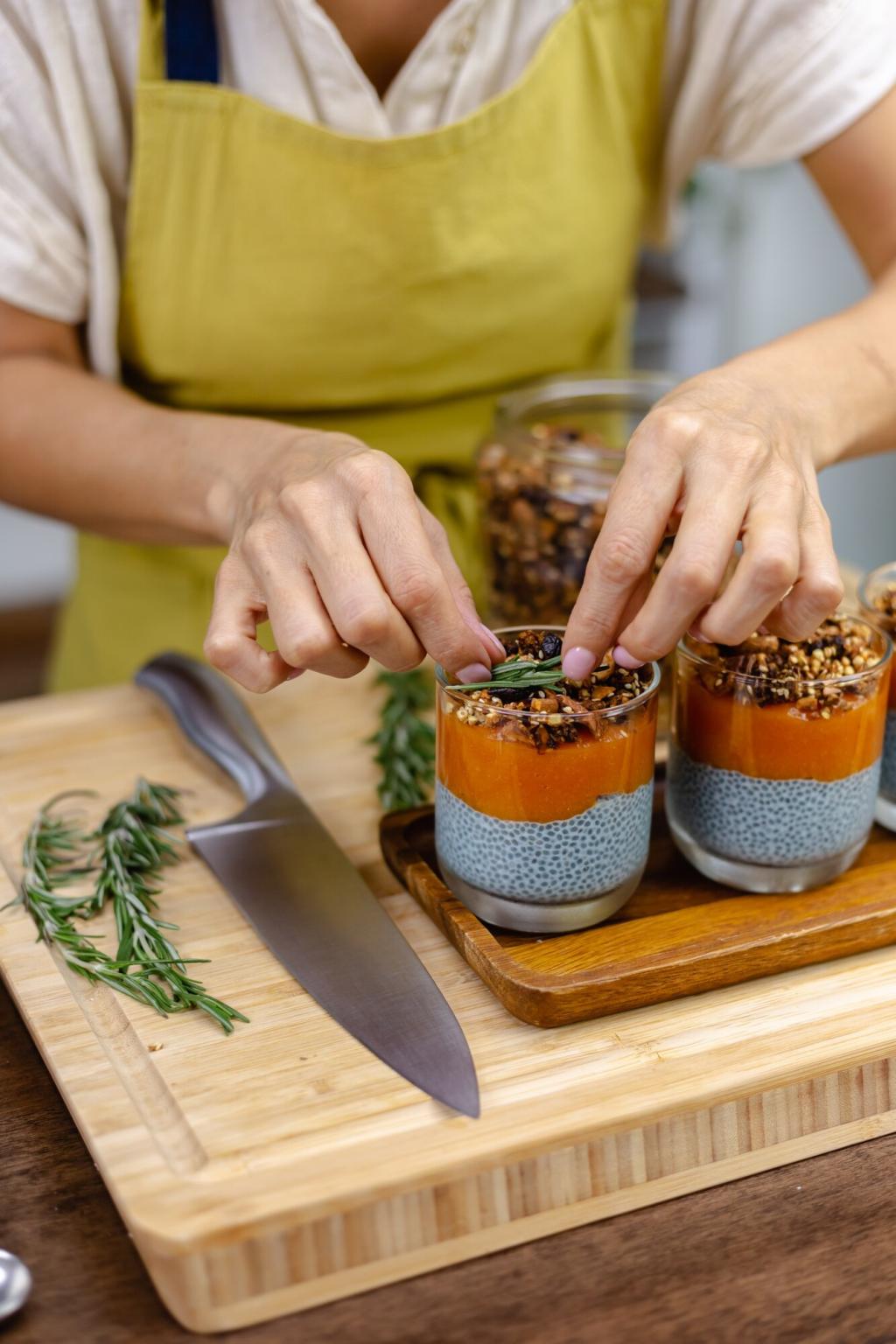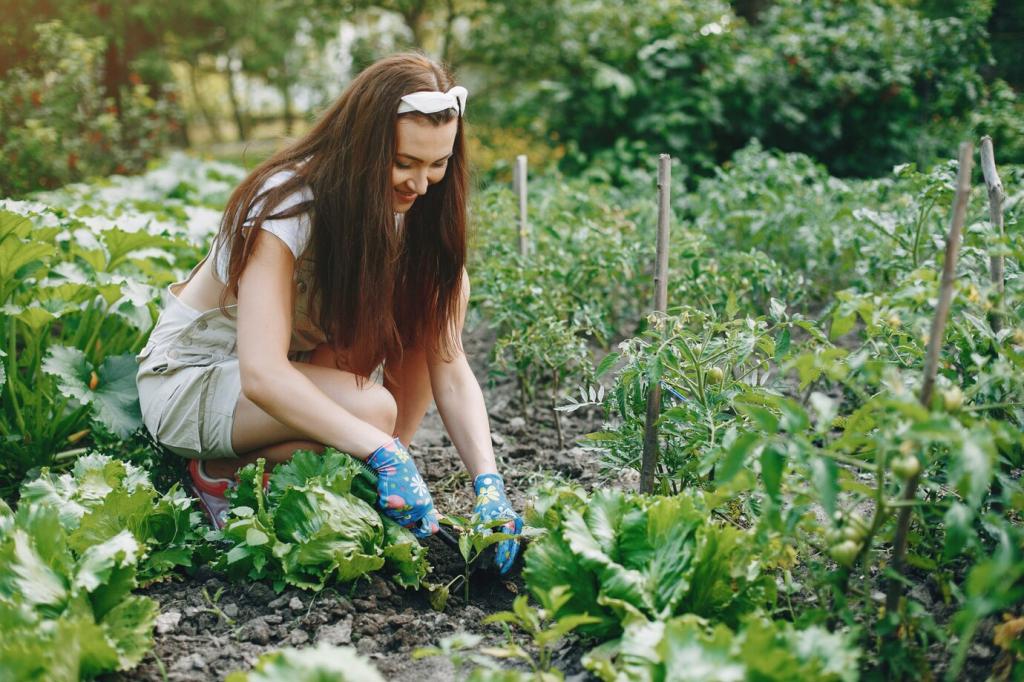Container Gardening for Gourmet Home Recipes

From Pots to Plating: Why Container Gardening Elevates Gourmet Home Recipes
A grandmother once told me basil tastes brightest when it never meets a refrigerator. She was right. In containers, you control soil, water, and light, creating ideal conditions that amplify oils and sugars. Snip, stir, and serve within minutes, and your sauces, salads, and sides leap with aroma and nuance.
From Pots to Plating: Why Container Gardening Elevates Gourmet Home Recipes
A single sunny railing can host basil, thyme, and chili peppers, each contributing a distinct note to your nightly menu. Compact varieties thrive in pots, rewarding attentive care with concentrated taste. Share your space with us—post a photo of your micro-garden and the dish you cooked from it to inspire fellow readers.
Basil, Three Ways
Grow Genovese for classic pesto, Thai basil for anise-kissed curries, and lemon basil for bright marinades. Pinch early and often to encourage bushiness and prevent early flowering. A handful, torn over warm pasta, releases oils that cling beautifully, turning a simple dish into something you’ll crave tomorrow.
Thyme and Rosemary, Heat-Loving Aromatics
These herbs adore full sun and well-drained pots. Their woody stems deliver robust flavor to roasted vegetables, focaccia, and pan sauces. A quick trick: bruise rosemary with a rolling pin to wake its resinous fragrance, then infuse oil for a weeknight drizzle worthy of any bistro plate.
Cilantro versus Flat-Leaf Parsley
Cilantro bolts quickly in heat, so sow successions every couple of weeks and harvest often. Flat-leaf parsley, steady and forgiving, anchors tabbouleh and chimichurri. Share your preference in the comments and we’ll send tailored tips on keeping both vibrant across changing temperatures.

Edible Flowers and Specialty Greens for Plate Appeal
Both leaves and blossoms bring a radish-like bite that brightens sandwiches, salads, and butter boards. They thrive in modest soil, trailing beautifully over pot edges. Scatter a few petals on seared scallops or whipped ricotta, and guests will assume hours of plating practice you never actually needed.
Designing the Perfect Container Kitchen

Use a high-quality potting mix, not garden soil. Aim for light structure and steady moisture: two parts mix, one part compost, plus perlite for drainage. Mix in slow-release organic fertilizer to support steady growth and richer oils—the very compounds that enrich your sauces and dressings.
Care Routines that Protect Flavor and Planet

Water Wisely for Concentrated Taste
Water deeply in the morning and let the top inch dry before the next soak. Consistent moisture prevents bitterness in greens and strengthens herbs. A simple finger test beats any gadget—share your climate and we’ll suggest a rhythm that suits your containers and weather.

Organic Feeding Schedule
Use worm castings monthly and foliar-feed with diluted seaweed or compost tea for micro-nutrients. This slow, steady nourishment encourages complex aromas in basil and rosemary. Keep notes; your plants will teach you. We invite you to post a before-and-after flavor story from your own harvest.

Gentle Pest Management
Start with handpicking, strong water sprays, and soap-neem solutions. Companion plant marigolds near peppers to deter aphids naturally. One evening, I spotted a lone caterpillar on my parsley; relocating it to a sacrificial nasturtium saved dinner and taught me patience tastes delicious.
